Often called conjuration, evocation, or simply summoning
Arcana Creature is a genre of magic that is focused on using magic to bring forth forms into the world. These forms can be alive or gave the appearance of life or even inanimate objects.
Drop down for the Conjurer's Lecture
"Every thought you have carries weight, sometimes a thought can be even heavier than the words that result from them. Also like words, the more ignorant you are, the more useless the thought. If you want your conjurations to be convincing and useful, you must understand them. Study them as long as you dare. For example..." The professor lifted his arm and closed his eyes. He concentrated, focusing his thoughts on the form he wished to create. He entered his Gnostic state and sounds of arcane power rang out like wisps of wind in the chamber. His hand glowed and an assortment of multicolored lights, no bigger than a small coin, burst forth and began to build some strange creature in the center of the room.
The students all leaped in fear as a monstrous creature roared to life before their eyes. The professor laughed. The creature looked so alive and real, far more so than the ethereal and transparent creatures the student produce. It had a massive bulky structure, a body of dense muscle and a wolflike snout. Its teeth were hooked and it looked at the fleeing students menacingly. Black smoke poured from its mouth and nostrils. Two black horns stood from its skull curved like the horns of a Ram on each side of its face
"this is a friend and I studied the creature for many weeks gazing from the top of the red and black gates in Mhirriah."The students sat back down with looks of wonder.
" at first I could barely conjure even the slightest shape as demonic entities like all celestials quite difficult to replicate. That which doesn't have a static form has to be understood even deeper than that which does have a static form but eventually, I finally conjured a basic egregore in its image." The creature seemed upset or antsy eyes it was massive and must have felt quite claustrophobic in the small chamber if indeed I could feel at all.
" now this particular kind of fiend is called a hellhound. Hellhounds differ depending on which of the hell Dimensions they come from and are often used as mounts or to assault front lines of any opposing Force. Now at first, I couldn't even get my conjuration to attack something because I've never seen what it is these creatures can do.
Now you see it's teeth and claws? that's a pretty good indicator of what it might be able to do and if I thought while summoning it what it is that it could do it might be able to do it but it wasn't until I actually saw them attacking an animal that I fully understood what they could do. It was brutal and ingrained in my memory.
You can use this as a primary basis for every thought form you create, whether an egregore or something more complex. In order to properly create it and make it useful one has to know or theorize the details. You have to visualize its actions and capabilities during creation and eventually, you'll be so used to creating this particular form that simply thinking of the thought-form itself while Conjuring it will allow it to come forth in the proper form that you intend. Take your time. Let it develop like muscle memory and never stop studying what you want to create until you can create it perfectly. "
The Devil's in the Details
Conjurations are thoughts given form and as such when learning it, one often finds their construct will evolve over time as their knowledge and understanding of the replicated form increases. At first, you may only be able to create simplistic forms like silhouettes and outlines of the intended form. If the beginner has a decent understanding of the form it will appear as a translucent or ghostly form of the real thing. Through careful study and deep understanding, one can create perfect conjurations that are as real as they seem.
...we heard this roaring, this rush of energy and a cloud of hornets burst from the trees. Its the dead of Winter and they must have been conjured cause whatever poison they have killed the other guy in seconds. Shame, whatever is in that that chest must hold a lot of value.
Im going to need to ask for double. ~ Tarver, The Black Dove
The Study of Forms
There are five forms of study that conjurers use to perfect their constructs.
Appearance
Appearance is a study of shape and color, as well as sounds, smells and tactile sensations one can experience with a specific form. Whether living or inanimate, a conjuration will need to be able to appease these senses in order for it to exist. While these sensations can be easily changed or substituted, without the stimuli in the conjurer's memory it may be a lengthy process to create a perfect form. Many substitute unknown sensation with ones that are known despite the fact that it may not be accurate to the realistic form.
Composition
The composition is the study of substance and the quintessential element of a given form. In other words, a conjurer will need to actively study the material composition, what a form is made of, in order to perfect their conjuration.
While this doesn't need to be extremely detailed a basic understanding is necessary. Many conjurers substitute certain aspects of composition with something similar or sometimes something radically different such as Conjuring an animal made of gold. while this is possible its exceptionally difficult as one really needs to understand the perfect form before they can make such radical changes. This particular element generally deals with both living and inanimate objects.
Anatomy
Anatomy is the study of the biological functions of a living form or the study of the many parts of an inanimate form similar to composition but less specific and more focused on the general operation of the form such as how an animal moves with its muscle structure, what it eats, bone structure, and any bodily processes such as Venom and it's organs and their function. Many resort to performing autopsies on forms they wish to study as well as relaying that information to what they see from a living specimen of the form.
It's generally a good idea to understand each of its many parts. Very few artificial things for example come in a single form and are several pieces that come together to make a singular whole. Weapons come with several Parts such as a sword which has a handle a hilt and a blade but some also forget other components that mean very little to the overall conjuration but lead to matters of inconvenience such as Conjuring a sword without a sheath.
Personality
Personality is the study of behaviors, both instinctive and learned, of living forms and how they relate to other living forms. This study is primarily done to determine the conjurations behavior for example as an Incredibly passive creature is likely to not be aggressive towards a conjurer's enemy because that is what it's personality dictates. As such in order to use that form as a means of defense or aggression, they would have to substitute that element of personality with aggression rather than being passive.
This generally only applies to living organisms and inanimate objects are rarely considered unless being imbued with a formless thought-form to give life to the object.
At the same time some will need to be altered as if a concentration is aggressive to anything it may become aggressive towards its conjurer. This is incredibly rare but the more realistic the conjuration the more likely it is to behave outside of the parameter specified by The Conjurer. Many conjurers actively use thoughts that act as fail-safes to ensure this does not occur with particularly dangerous forms.
Action
Similar to personality, action deals with a creatures Behavior but more specifically the actual effects of said behaviors. A creature with claws built for slashing will never Pierce its prey and a weapon that is designed for bashing will never slash or Pierce. Predatory or carnivorous forms are often preferable over creatures that are herbivores when considering their offensive capability whereas herbivores and other more passive creatures tend to be ideal for situations not involving any form of combat. This, of course, depends as sometimes a predator or a non-predatory creature both work such as amount.
"They say the Mages of the Conjuration Tower double as amazing doctors. Their understanding of creatures biology is absolutely second to none. I've seen lines coming out of the tower of people just wanting to have a second opinion about their various ailments when the when the Apothecary doesn't quite give them the information they want.". ~ The High Arcanist of Estoya
Types of Conjurations
As Conjuration developed, the genre began experimenting with new and improved methods of creating conjurations. In the beginning one usually had a scroll or a spell book with detailed instructions on how to conjure specific forms and what to think about at what stage of the creation. This was remarkably inconvenient as it limited the forms that one could conjure and took a considerable amount of time as this form of conjuration is very similar to that of summoning and like summoning is a ritualistic genre.
Thoughtforms
a thought form is a substantially powerful conjuration that is created by either deep knowledge and understanding of the intended form or by attuning oneself to complex thoughts and emotions shared by large groups. Some thoughtforms are not created by the conjurer but are a shared concept or idea that the conjurer deeply relates too. This relationship is required to even begin the conjuring of a thoughtform. Examples of thoughtforms included Summoned familiars and thoughtform armories.
Thoughtforms are fairly permanent entities. They can remain for long stretches and at times indefinitely.
Egregores
An egregore is any conjured from that in itself has no intelligence or any kind of free will, created and controlled by the conjurer. An egregore is often the easiest and least powerful thing one can conjure regardless of its form.
These can range from A simple weapon to a vicious wolf.
More complex egregores can be created based entirely on the conjurers understanding of their form. Many issues occur when creating egregores. Unexpected results include conjuring a giant hawk to fly you to some distant location only to find you did not give it the ability to fly. One must focus on the form of action far more when creating an egregore then any other thought for and consider all aspects of the conjuration and its purposes.
If however, the conjurer has a deep understanding and knowledge of birds, such as anatomy and thought processes, the egregore is more fleshed out and often substantially more powerful and skilled, becoming close to a thought form is created often with little thought from the conjurer.
Egregores tend to be unstable making then impermanent. It's impossible to maintain concentration to keep them manifested so most don't even try. An egregore will appear and do what is needed until it is destroyed or dissipates due to its instability. When a perfect egregore is created it is no longer considered an egregore but rather considered a full thought form.
Imbuing or Animation
Imbuing is a form of conjuration that seeks to tether an entity like egregores or thoughtforms, spirits, ghosts, etc into a physical object or separate body allowing the conjurer to seemingly create life. There are many forms of imbued conjurations. The most common include homunculi, golems, automata, and even a living corpse. This form of conjuration marks a blending of both enchantment and conjunction. Some have even used souls and spirits to fuel their animations. This process is very difficult as it requires time, resources, and considerable knowledge of enchantment and conjuration.
Summoning
Summoning is the process of calling upon or bringing forth entities from anywhere else to the current location in physical reality. The process can take an enormously large amount of energy and usually requires an energy source separate from the Summoner. While this form of conjuration is radically different and deviates from the general rules outlined in the genre it is still considered conjuration due to the fact that one is bringing forth a form into reality.
An easy form to learn, but many have made costly mistakes for calling on an entity unprepared. Evocation also deals heavily with the exorcism and binding of these entities later becoming its own genre. summoners often have many entities bound to them for one reason or another. Maybe a contract was written or a bet was lost. Regardless summoners are often considered the most powerful form of a conjurer, despite having a low survival rate in the time it takes to initially summon an entity the first time.
Divinities, spirits, servitors, ghosts, demons and angels among many other Celestial entities can all can be summoned as can spiritual familiars, and even physical beings like animals and people. This process is substantially more difficult and usually requires a ritual of sorts to perform. the process of becoming a successful summoner can take years as to summon entities in short time frames requires the entity to be bound to you and dealing with those entities as previously stated can be incredibly dangerous.
Thoughtform Armories
An honorable mention in the genre of conjunction, thought-form armories are complex weapons and armor that belong to a specific domain or Divine entity. These are memories are fueled by lore surrounding them established often times by entire cultures and the power of their domains.
While remarkably few people can successfully conjure anything from one of these armories, the most notable of which would be oathbound, it is still considered a form of conjunction.
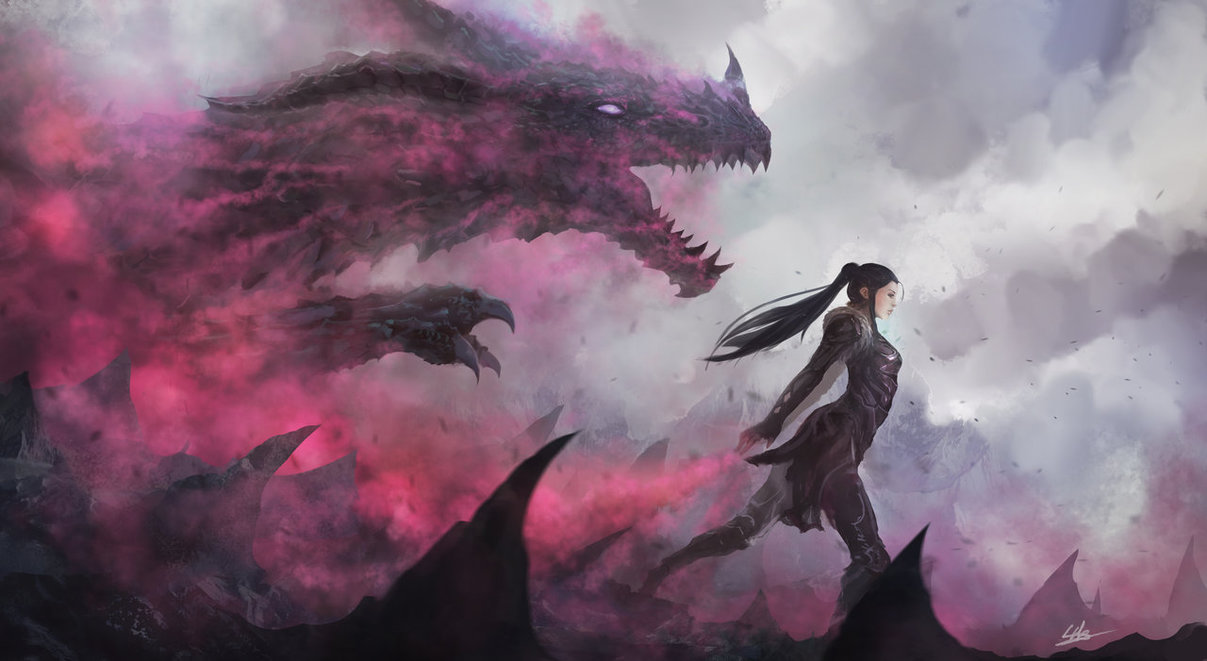
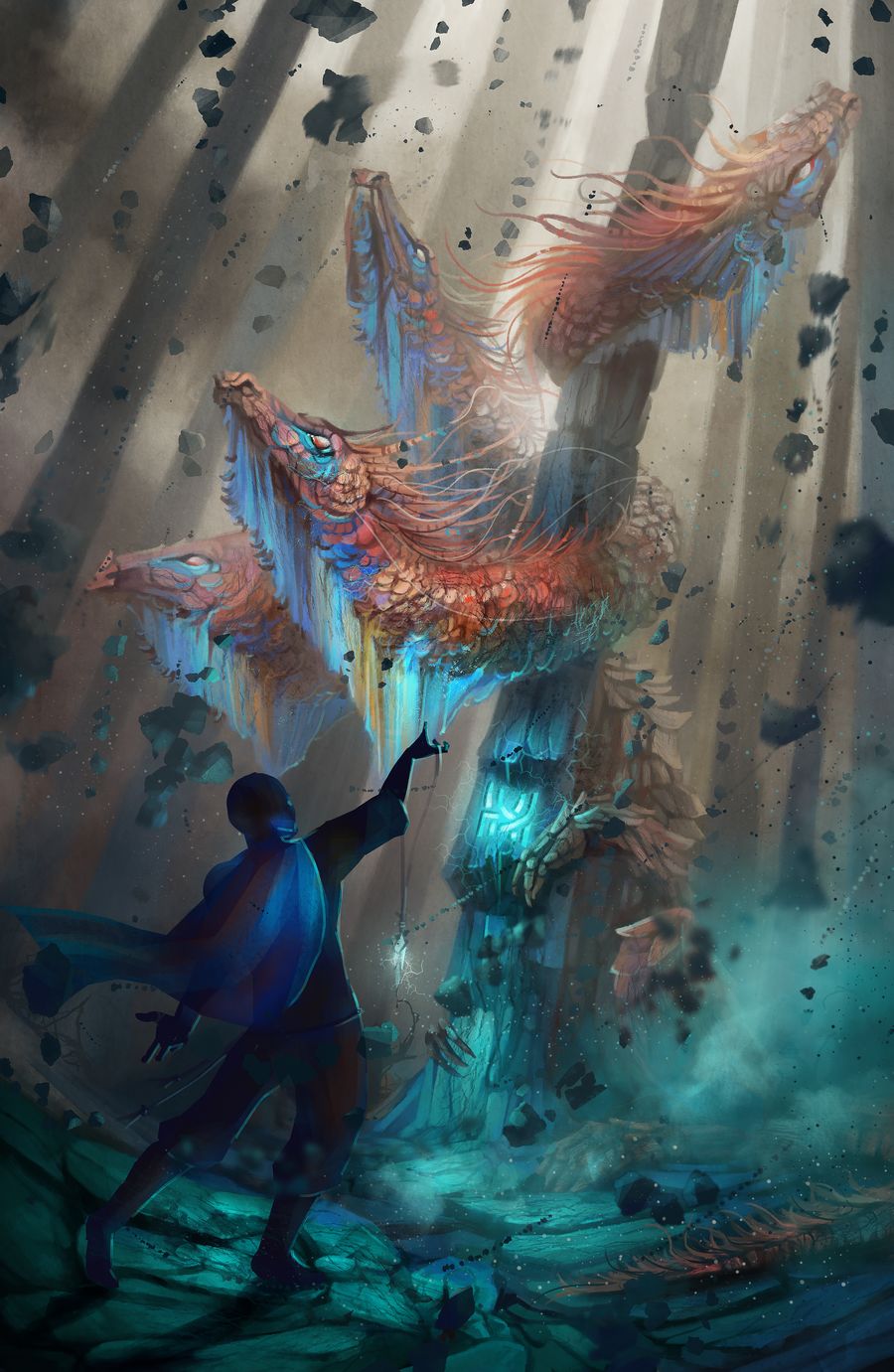
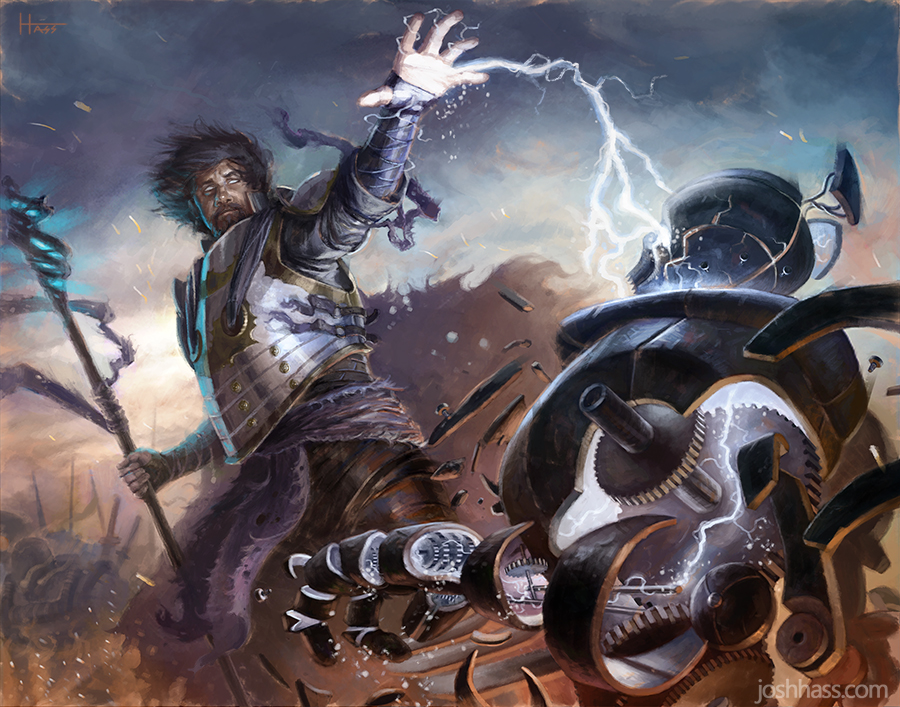
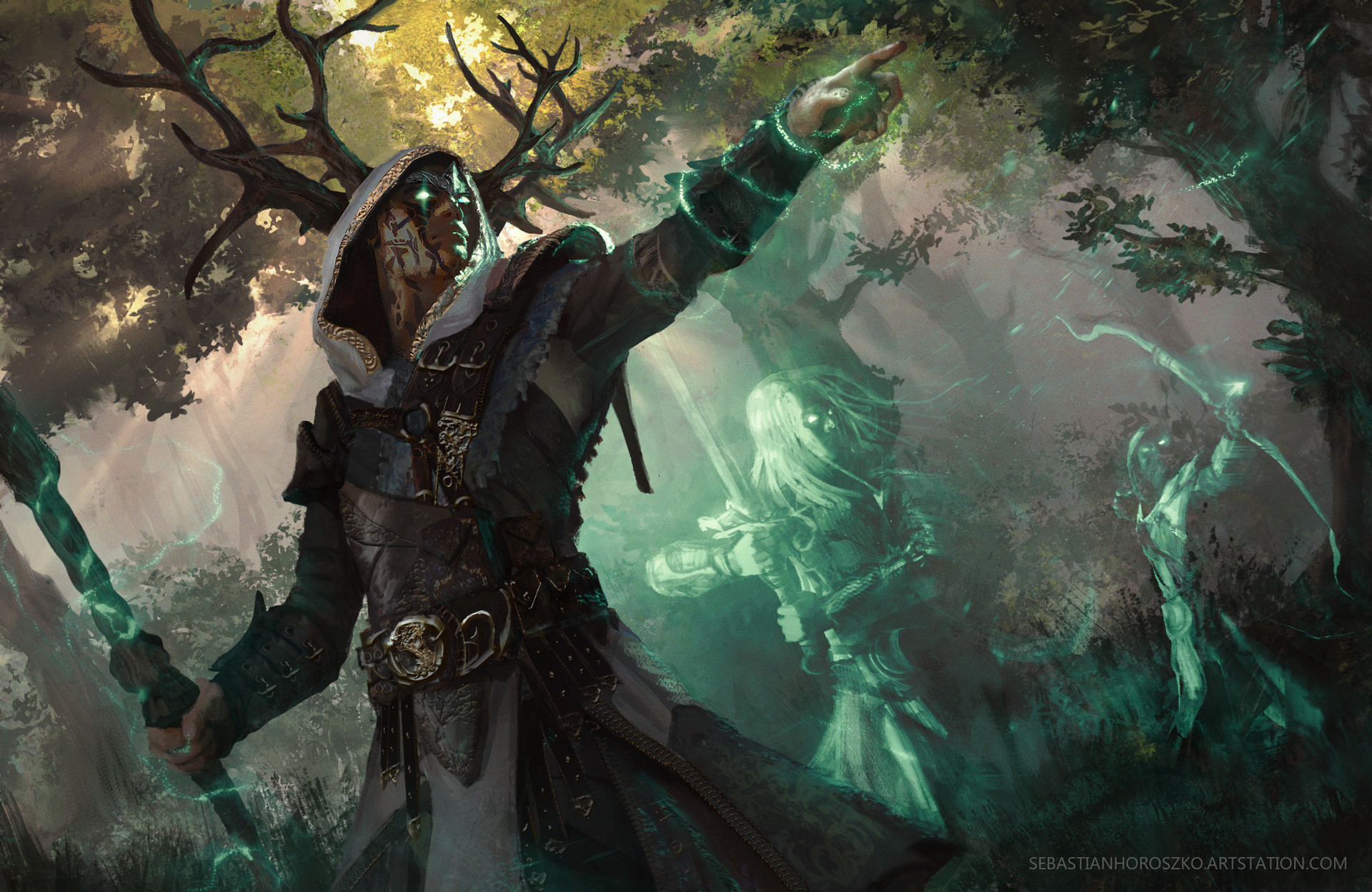


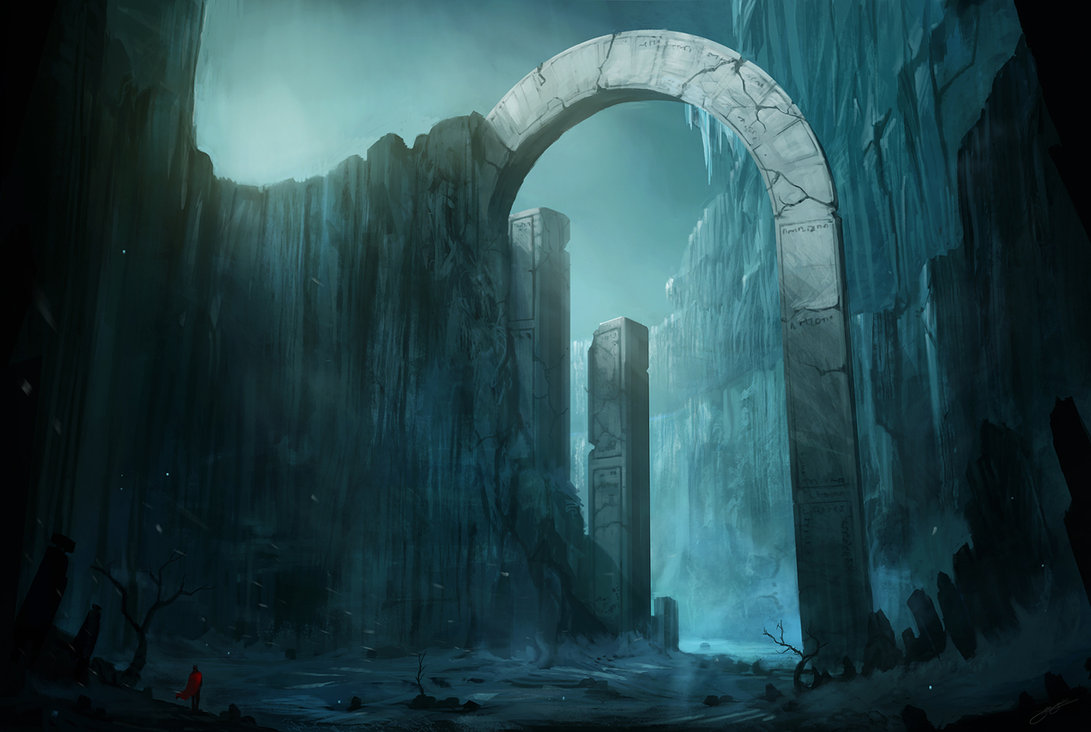
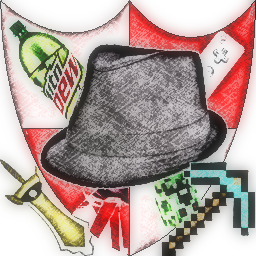
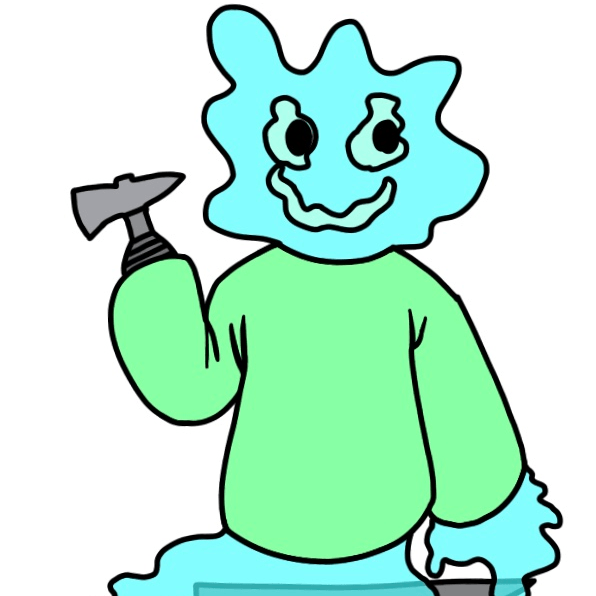
Your article is great! I didn't imagine how many ways one could brings objects and creatures TV the world. I even got some ideas for my world ^^ One question I have is: when creating an object or creature, is it needed to bring material from somewhere? Or one could just create a gold wolf, even without gold nearby?
Yes because it is conceptual not real
Sorry I replied to this when I just woke up but basically when a conjuration is destroyed or unstable eventually dissipates you can't actually like carve out that gold wolf into slices and sell it as actual goal it isn't actually real it's just thought of giving form thank you for the comment I really appreciate it as well as like and I'll be sure to add that to avoid any future confusion
Np! Thanks for the answer.
Absolutely I'll return the favor soon:)